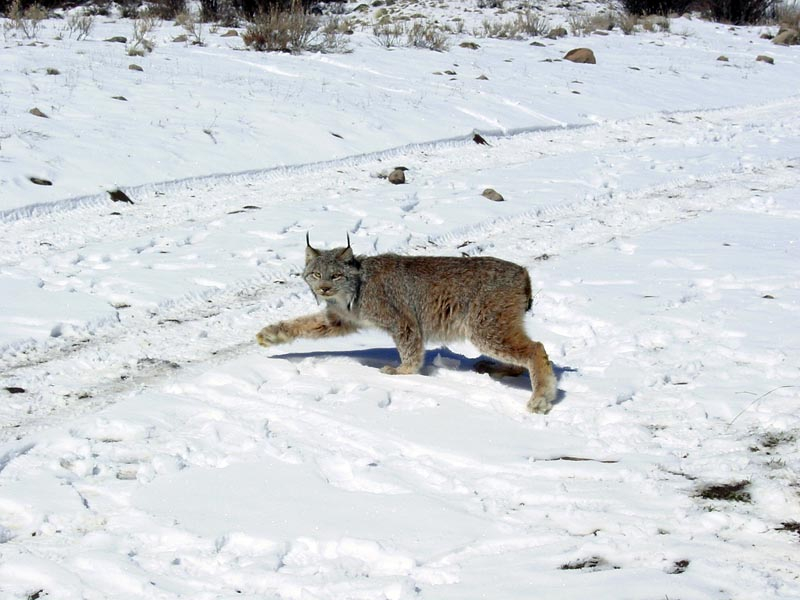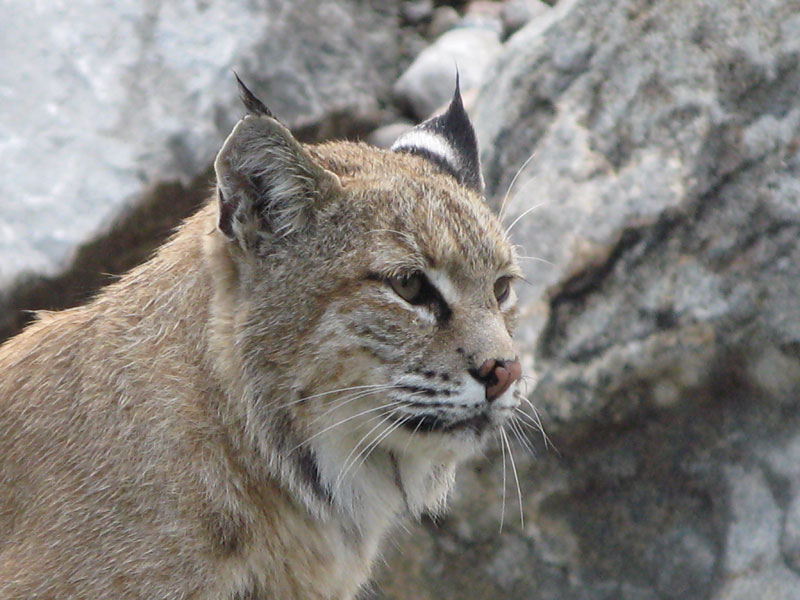The Canada lynx
The Canada lynx (Lynx canadensis), sometimes known as the Canadian lynx, is a North American felid that lives in woodland and tundra habitats throughout Canada, Alaska, and parts of the northern United States. Historically, the Canadian lynx stretched from Alaska to numerous northern states in the United States. It lived in the transition zone between boreal coniferous forests and deciduous woods in the eastern states. It had been successfully reintroduced into Colorado, where it had become extinct in the 1970s, after an 11-year effort. The Canada lynx has classified as a threatened species in the lower 48 states by the United States Fish and Wildlife Service in 2000.
The Canada lynx is an excellent climber and swimmer, and it builds rough shelters beneath fallen trees or rock ledges. It has a thick coat and large paws and can maintain its weight on the snow twice as well as the bobcat. The Canada lynx eats nearly entirely on snowshoe hares, and its population is extremely dependent on this prey animal. If hare numbers diminish, it will also hunt medium-sized animals and birds.
Bobcats and Canadian Lynx are all members of the same mammalian family and genus, Felidae and Lynx, respectively. Because of this connection, these creatures all have very similar physical appearances. Bobcats and Canadian lynx have one thing in common: they're both predators, and raccoons are one of their victims, owing to their smaller size and lack of a defense system that can fend off larger predators. Canadian lynx attack their prey in the same way that bobcats do: by approaching the target discreetly and abruptly pouncing on them.














